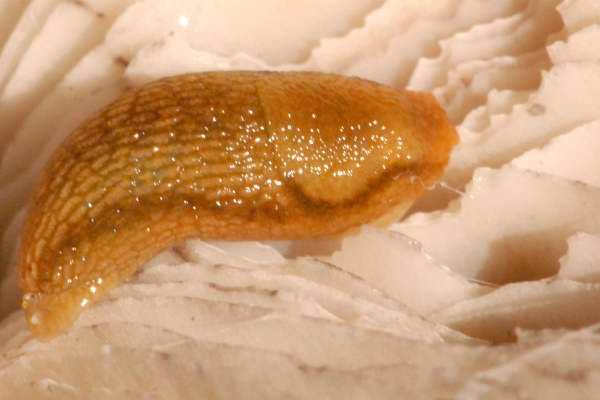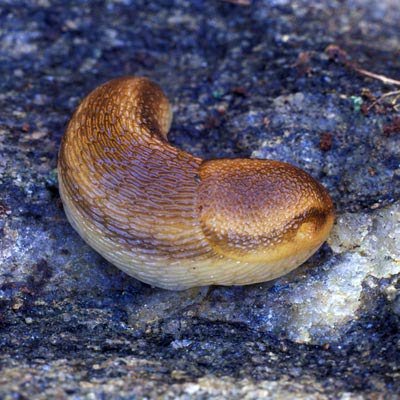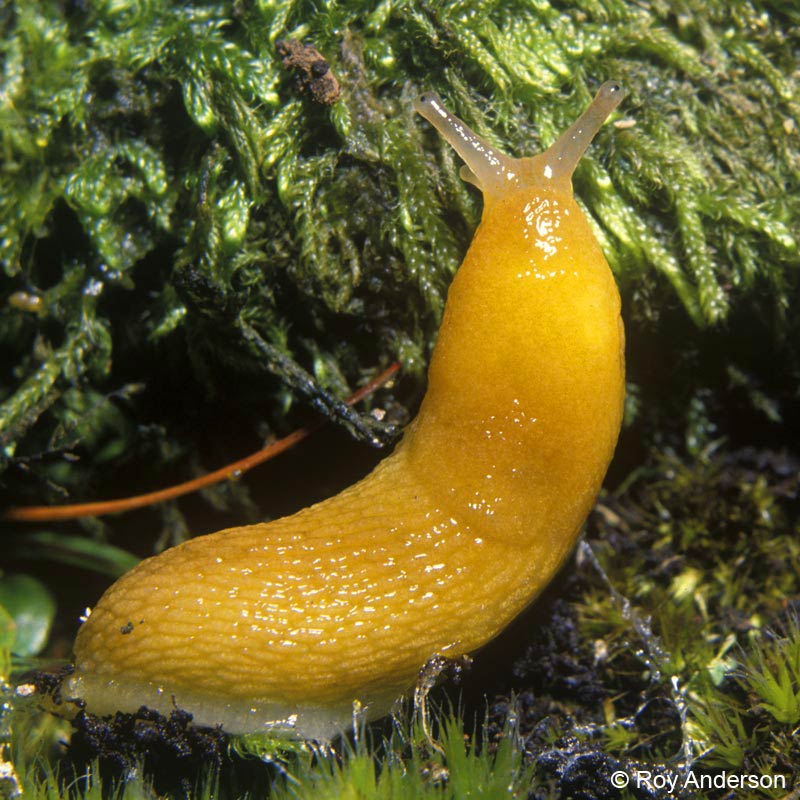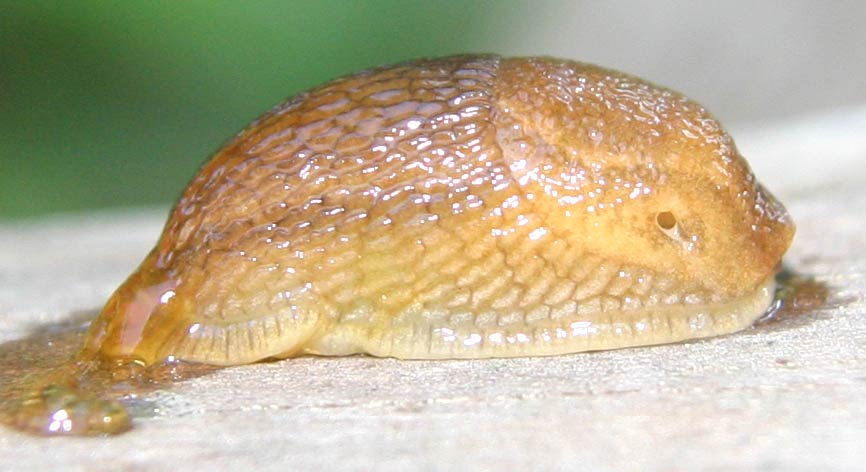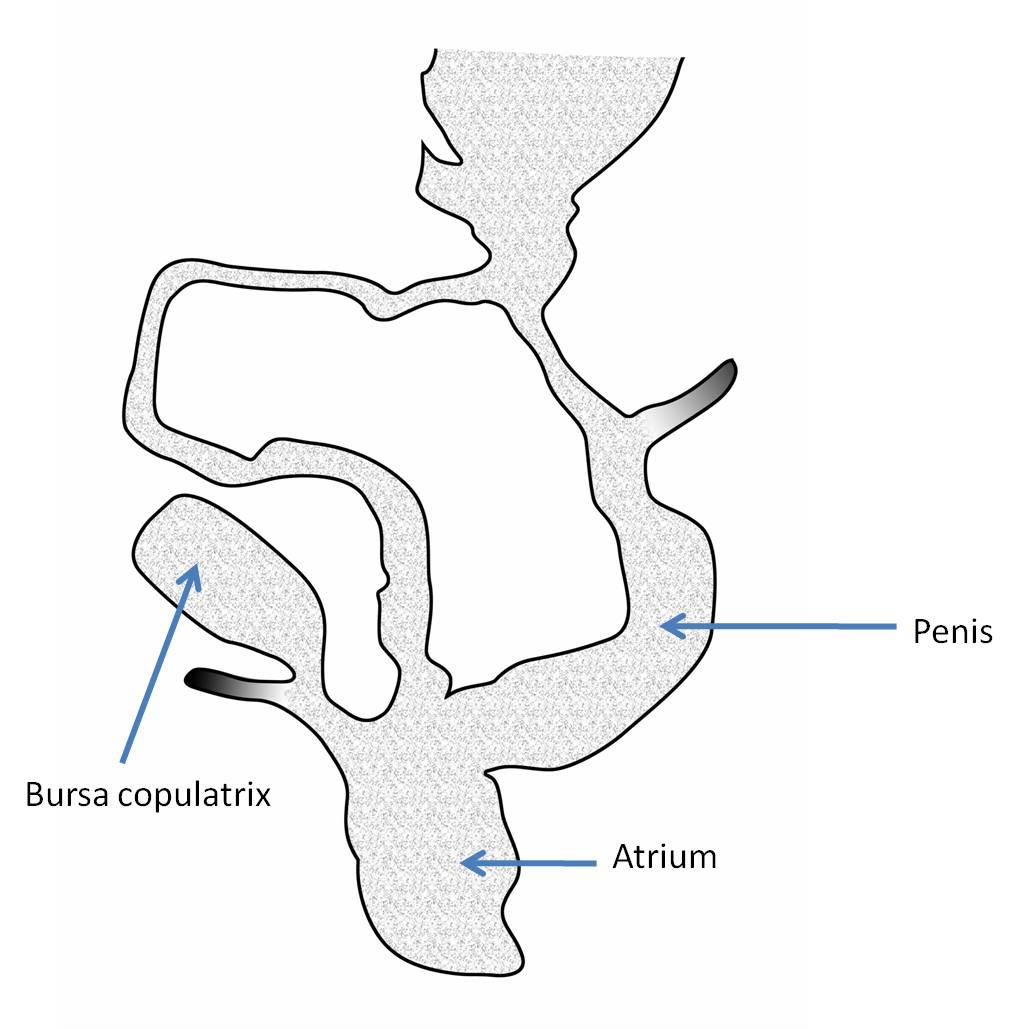Arion subfuscus group: Arion subfuscus
|
Arion subfuscus. (Photo: © J.K. Lindsey, The Ecology of Commanster) |
|
Arion subfuscus. (Photo: © Dr. Roy Anderson, MolluscIreland) |
|
Arion subfuscus. (Photo: © Dr. Roy Anderson, MolluscIreland) |
|
Arion subfuscus. (Photo: © Dr. Roy Anderson, MolluscIreland) |
|
Arion subfuscus: breathing pore encircled by stripe. (Photo: © R. Forsyth, Smithers, BC, Canada) |
|
Arion subfuscus. (Photo: © R. Forsyth, Smithers, BC, Canada) |
|
Arion subfuscus. (Photo: © R. Forsyth, Smithers, BC, Canada) |
|
Arion subfuscus. (Photo: © M. Manas, Wikipedia) |
|
Arion subfuscus. (Photo:© R.J. McDonnell, University of California, Riverside) |
|
Arion subfuscus. (Photo:© R.J. McDonnell, University of California, Riverside) |
|
Arion subfuscus: genitalia (Photo: © K. Weigel, University of Florida) |
Family
Arionidae
Species
Arion subfuscus (Draparnaud, 1805)
Common name
Dusky arion
Description
The Arion subfuscus group typically contains slugs that are fairly large, often attaining a maximum length of 70 mm as fully mature adults. A. subfuscus and A. fuscus were treated as the same species (A. subfuscus) until recently. They can be separated by molecular techniques as well as by internal morphological characters explained below. They range in color from grey-brown to orange brown and usually have dark brown bands running down the sides, laterally. The pneumostomePneumostome:
This is the breathing hole on the right side of the mantle of molluscs. This allows air to pass through to the lung for gas exchange.(See also breathing pore).
is encircled by the stripe on the right side of the animal. Unlike others in this genus, individuals in the A. subfuscus group are rounded when contracted. The tuberclesTubercles:
An enlarged or raised region on the body of a slug. The shape of this structure is very variable. (See also tubercle)
are minute and elongated and the keelKeel:
Also known as the carina. This is a longitudinal ridge that runs dorsally along the apex of the tail of the animal.
is absent. The footFoot:
The muscular organ on the undersurface of the body of a mollusc upon which the animal rests or uses to crawl.
fringe has vertical bands running its length. The sole of this group is dirty-white, and the mucus produced may either be yellow, orange and on rare occassions clear. Molecular techniques can also be used to identify members of this group.
The distinguishing morphological features of each species are:
Arion subfuscus (Draparnaud, 1805) - GenitaliaGenitalia:
The reproductive structures of an animal. May refer to either male or female structure.
large, light lavender in color and located on the margin of the digestive gland
Arion fuscus (Muller, 1774) - GenitaliaGenitalia:
The reproductive structures of an animal. May refer to either male or female structure.
small, dark in color and completely embedded in the digestive gland.
Native range
Northern and Western Europe
Distribution
North America:
- U.S.: California, Connecticut, Delaware, Kentucky, Maine, Maryland, Massachusetts, New Hampshire, New York, North Carolina, Pennsylvania, Rhode Island, Vermont, Virginia, Washington D.C., Wisconsin
- Canada
Europe
Ecology
This pestifierous species can be found in a variety of habitats (e.g. forests, fields, gardens). It has been suggested that Arion subfuscus may be a very competitive species as it has been documented that in some areas where the slugSlug:
A snail that either does not possess a shell or has one that is very reduced (no definite coiling) or internal.
has been introduced, it occurs in numbers larger than that of native species.
Synonyms
- Limax subfuscus Draparnaud, 1805
- Arion krynickii Kaleniczenko, 1851
- Arion brunneus Lehmann, 1862
- Arion esthonicus Poska-Teiss, 1927
References
Anderson 2005Anderson 2005:
Anderson, R. 2005. An annotated list of the non-marine Mollusca of Britain and Ireland. Journal of Conchology 38: 607-637.; Beyer and Saari 1978Beyer and Saari 1978:
Beyer, W.N. and D.M. Saari. 1978. Activity and ecological distribution of the slugs, Arion subfuscus (Draparnaud) (Stylommatophora, Arionidae). American Midland Naturalist 100(2): 359-367.; Grimm et al. 2009Grimm et al. 2009:
Grimm, F.W., R.G. Frosyth, F.W. Scheler and A. Karstad. 2009. Indentifying land snails and slugs in Canada. Introduced species and native genera. Canada Food Inspection Agency. Ottawa, ON. pp. 1-168.; Kantor et al. 2009Kantor et al. 2009:
Kantor, Y.I., M.V. Vinarski, A.A. Schileyko and A.V. Sysoev. 2009. Catalogue of the continental mollusks of Russia and adjacent territories. Version 2.1. (Accessed online July 20, 2010); McDonnell et al. 2011McDonnell et al. 2011:
McDonnell, R.J., P. Rugman-Jones, T. Backeljan, K. Breugelmans, K. Jordaens, R. Stouthamer, T. Paine and M. Gormally. 2011. Molecular identification of the exotic slug Arion subfuscus sensu stricto (Gastropoda: Pulmonata) in California, with comments on the source location of introduced populations. Biological Invasions 13: 61-66.; Pinceel et al. 2005Pinceel et al. 2005:
Pinceel, J., K. Jordaens, N. Van Houtte, G. Bernon and T. Backeljau. 2005. Population genetics and identity of an introduced terrestrial slug: Arion subfuscus s.l. in the north-east USA (Gastropod, Pulmonata, Arionidae). Genetica. 125: 155-171.; Roth and Sadeghian 2006

